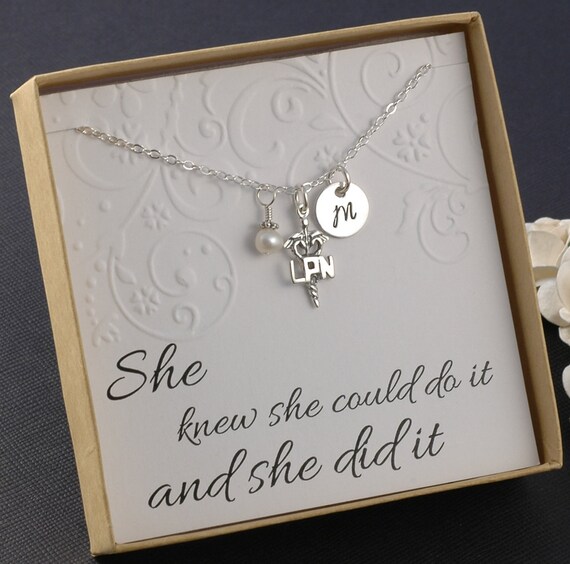Sterling silver has played both a functional and cultural role in many societies. This article provides an easy guide to understanding how it is technically defined as well as how this definition has developed culturally through history. Descriptions of current applications for its artistic value in jewelry are explored.
Why is sterling silver special? Sterling silver is the finest balance between the practical and the beautiful. Lets say you had a water pitcher filled to the brim. If it were made of 99.9% pure fine silver, the handle would probably bend as you were serving your guests and make for a messy dinner party. Silver is a soft metal and must be reinforced to make it functional. Silver jewelry can also suffer unintended alterations if the metal is not strong enough to avoid bending.
Instead of using pure silver, the metal is mixed with an alloy that adds strength to the metal. Most often copper is used. Other additives are occasionally used that claim to reduce tarnishing. Germanium, zinc and platinum are occasionally used as alloys. This is the basis for the sterling silver standard. The sterling standard is 92.5% pure silver and 7.5% other metal or metals. This can also be expressed as the minimum millesimal fineness of 925.
Sterling silver is the silver grade most often used for jewelry and household accessories. To qualify a piece of silver as sterling, look for one of the following marks:
- sterling
- sterling silver
- ster
- .925
In many countries, a sterling silver object that is to be sold commercially must be stamped by an Assay office after testing for purity. This is required of other metal objects as well. In the United Kingdom, the Hallmarking Act of 1973 made it illegal to describe anything as made of platinum, gold or silver unless it had the appropriate Hallmark stamp. This was an historic reference because the first Assay office in the United Kingdom was Goldsmiths Hall, which was founded in the year 1300. This is where the term Hallmarking comes from. The objects were marked in Goldsmiths Hall.
There are a number of other established silver standards based on a variety of applications. Besides fine silver (99.9% pure) and sterling silver (92.5% pure), there is Mexican silver (95% pure). Mexico is the only remaining country using silver in its circulating coinage. However, they reserve the 95% pure standard for jewelry and art objects and use sterling silver for coins.
Coin silver in the United States is dictated by the Federal Trade Commission and is currently 90% silver and 10% copper. The original coin silver standard was established in the United States in the 1820s. However, the use and applications for coins is evolving now that electronic commerce is growing more popular.
History and culture have provided many other standards for silver. In the 12th century there were five German towns that called themselves the Easterling and formed what was know as the Hanseatic League. The league participated in commerce with England. They used their local currency in doing business and it happened to be 92.5% pure silver. The English were most impressed with the coins of the Easterling due to their quality and durability. Eventually, King Henry II of England brought silver refiners from the Easterling to England and by the year 1158, Tealby Pennies became standard sterling silver currency.
Beyond currency, the rise in popularity of sterling silver was perpetuated by flatware and jewelry. In the United States and Europe between about 1840 and 1940, proper society set stringent standards for table setting. This perpetuated a number of silver companies. Each company produced a wide variety of intricate patterns that were truly fine art and design. After World War II, labor costs and more convenient alternatives caused the decline of sterling flatware.
Have you ever polished silver? It must be done regularly to remove tarnish. Did you ever wonder what causes the tarnish to dull your grandparents heirloom silver? It is not the silver that causes the problem. Silver does not chemically react with water or oxygen. It is the alloy that oxidizes and causes the black silver sulfide (Ag2S)/tarnish to form on the silver. Two products commonly used to remove it are Twinkle Cream and Wrights Silver Cream. Even though this can be labor intensive, the beauty of polished silver flatware gleaming in elegance on a formal dinning room table provides a truly artistic dining experience.
Today, the artistic use of silver is popularly employed in jewelry. Every thing from beaded jewelry to jewelry charms is made of sterling or purer grades of silver. Soldiers returning from World War II brought charms and pendants back to family and friends. The use of silver dates back to ancient Egypt when it was used symbolically as it still is today to celebrate everything from wedding anniversaries, birthdays, faith and religious expressions. It is often combined with precious and semi-precious gems to enhance jewelry design, beauty and elegance in some of the finest jewelry of our time as well as the joy of everyday decoration and expression. As an example, the following website combines sterling silver beads and findings with semi-precious gemstones: (http://www.tigereyejewels.com).
Sterling silver is a practical and beautiful tool to help you celebrate your life.




Tidak ada komentar:
Posting Komentar